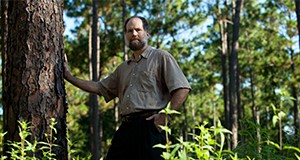
An analysis was conducted using the Implan regional economic modeling system and associated state and county databases (IMPLAN Group LLC) to estimate economic multipliers and contributions for over 500 different industry sectors. Multipliers capture the indirect and induced economic activity generated by re-spending of income or sales revenues in a regional economy. A collection of 121 industry sectors were included in the analysis to represent the broad array of activities encompassed by agricultural and natural-resource commodity production, manufacturing, distribution and supporting services in Florida. Economic contributions can be measured in terms of employment, industry output, value added, exports, labor income, other property income, and business taxes. This three-page summary was written by Alan W. Hodges, Mohammad Rahmani, and Christa D. Court and published by the UF/IFAS Food and Resource Economics Department.
http://edis.ifas.ufl.edu/fe1020
